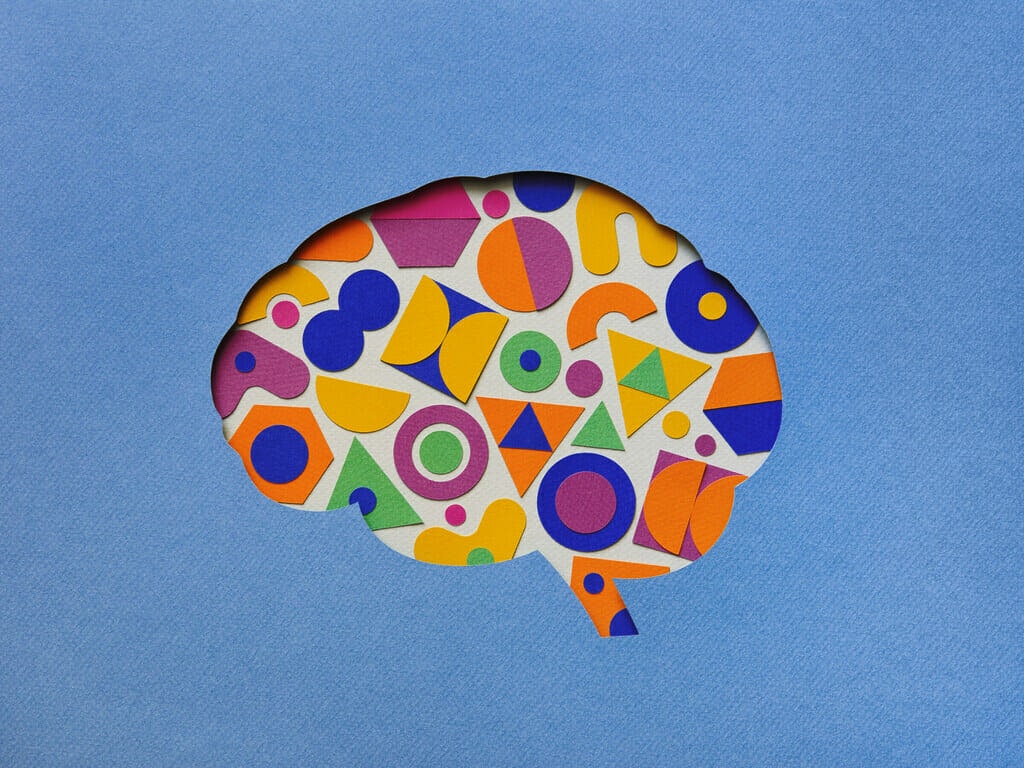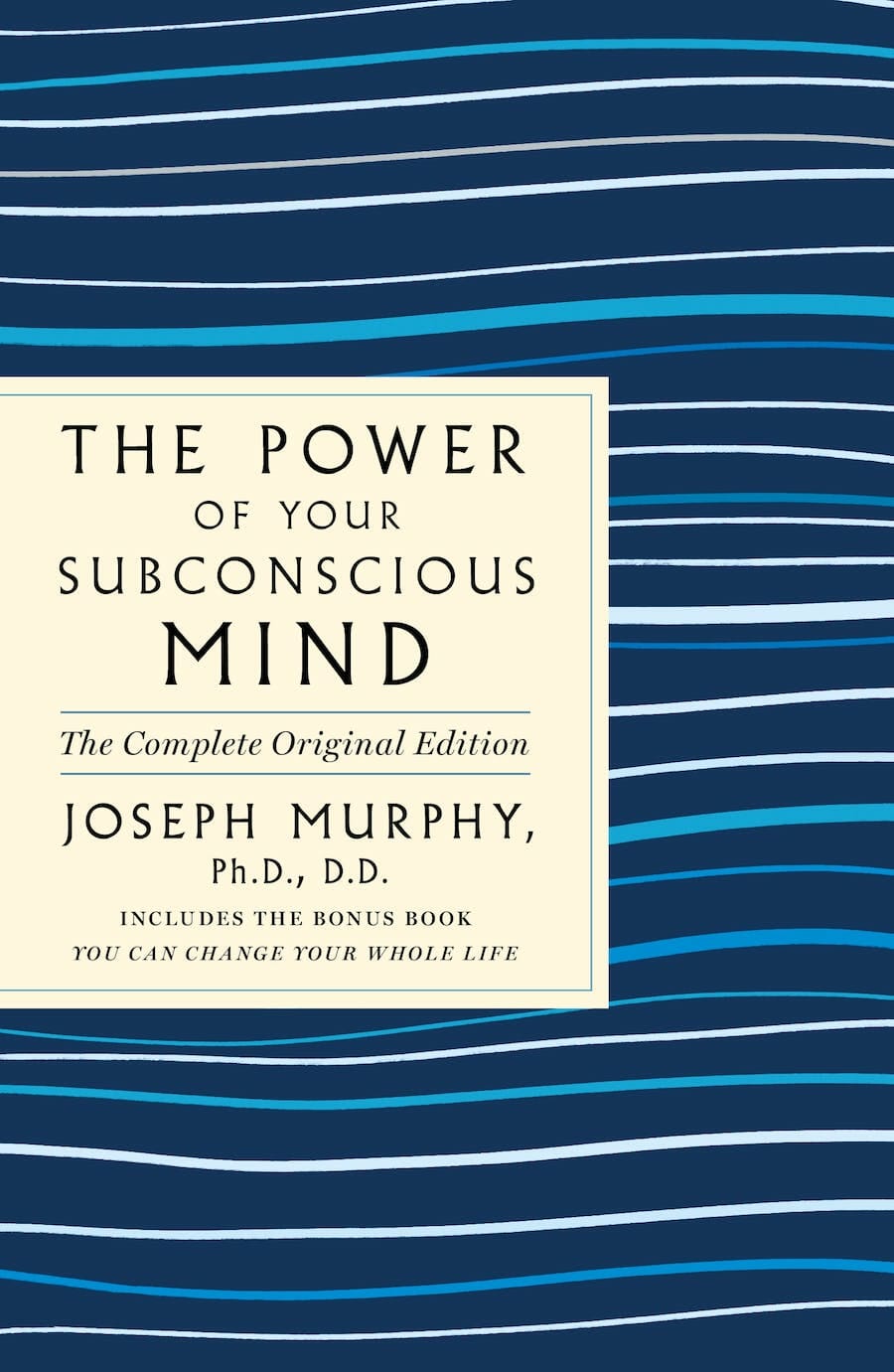A lot of us know that we have both a conscious mind, and a subconscious mind, but in the same vein have failed to give this any further thought. Interestingly, our conscious mind only comprises 10% of our overall mind, with the remaining 90% being fueled by our subconscious mind.
So, what is our subconscious? Well, in psychology, our minds are analogous to an iceberg with the conscious mind involving thinking about things that we are aware about and only comprising the part of the iceberg that we see. The subconscious mind is the predominant part of the iceberg that exists well beyond what we can see from the surface level of the water and is the part of your mind that notices and remembers information even when you’re actively not paying attention to this, and therefore influences your behaviour, beliefs, emotions, intuition and your long term memory.
Recently, I read an extremely mindful and motivational book called “The Power Of Your Subconscious Mind” by Joseph Murphy. Written in a unique book format, this is a very old book that was written over 50 years ago. Murphy is a psychologist who has essentially written a guide on manipulating your own behaviours to get an ideal outcome. Murphy’s main theory is that the subconscious mind has a powerful and direct effect on every action we take – a common belief in psychology.
The key takeaway from Murphy’s years of study is that if we believe in something and visualise it clearly, we can attain it and remove any obstacles or mental blocks that may be limiting achieving our desires. In abstract, this sentence sounds very arbitrary but the book hones in on the fact that the subconscious mind is always at work, and we should harness that power by using what goes on in our mind to define our world. This is also common in other theories such as the Law of Attraction or the Law of Assumption (which insinuate that our thoughts create our reality).
So, how can you do this? We know our mind is the iceberg, and the subconscious mind fuels our deeper self – our emotions and beliefs. Our subconscious is working best when we are asleep. Murphy states that positive thinking is the direct key to accomplishing your dreams and goals.To take a quote directly from the book, “The law of the subconscious mind works for good and bad ideas alike. This law, when applied in a negative way, is the cause of failure, frustration, and unhappiness. However, when your habitual thinking is harmonious and constructive, you experience perfect health, success, and prosperity.” As there’s a direct correlation between what our subconscious mind believes and what our conscious mind believes, by believing in something, you can make it happen.
Initially, I found this very hard to grasp. It seemed strange that convincing ourselves that something is a reality, could become our exact reality. What is even more unfathomable is how you actually convince yourself of this. Murphy encourages visualising things and using repetition of this method to create a placebo effect. You can use your imagination to suggest ideas to your subconscious to get what you want out of a situation. If repeated enough times, our mind will naturally redirect our behaviour towards making those ideas a reality on autopilot and without you having to do a thing.
In the spiritual community this idea is known as manifestation, but in the psychological community there has been real merit shown to this idea and that by visualising yourself achieving a certain goal and outcome, the placebo effect will cause you to observe benefits based on belief.

There are a lot of other great takeaways from this book that help you harness the power of your subconscious, but one of the key other ones that I found was to let go of all negative thoughts, especially toward other people. Wishing well for others will only be better for you, as envy and greed will create an obstacle and steer your subconscious in the wrong direction.
In the book, Murphy shares a story of a man who was the highest performing salesman who never garnered any recognition at work for doing so well despite getting the most sales. This was due to his inherent belief that his boss and colleagues didn’t like him, and therefore subconsciously behaved in a hostile way himself when presenting to them. Once he corrected his attitude and was genuinely friendly and happy for his colleagues and boss, he soon received a promotion and recognition.
I thoroughly agree with this and think it’s very natural to adopt negative thoughts about a circumstance, but it is up to us to choose happiness as negative thoughts are not only detrimental to our emotions and behaviours, but also to how we outwardly present to other people. I personally like to take an accepting attitude when bad things happen, but show extreme gratitude for all good things.
All in all, this book was ahead of its time and hopefully has given you the motivation to utilise the power of your subconscious mind.









